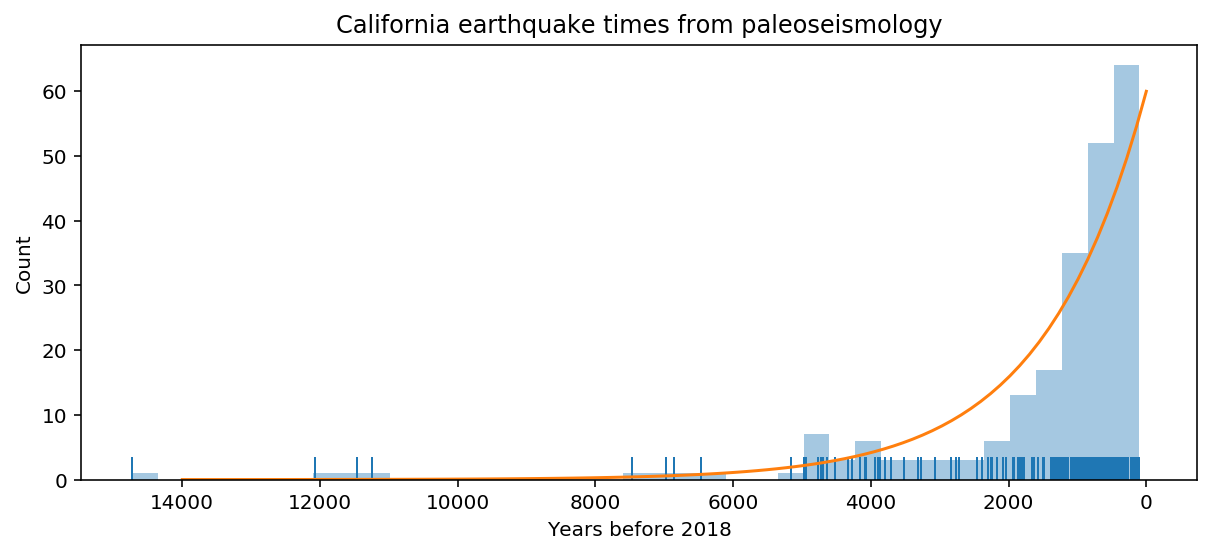How to make high-resolution maps while reducing file size in ArcGIS and Adobe
A guest post by the Figure Master Lydia Staisch
Here is a map! It's LiDAR and scaled to a poster size of 45"x30" -- it has the potential to be an absolutely monstrous file size when exported.

